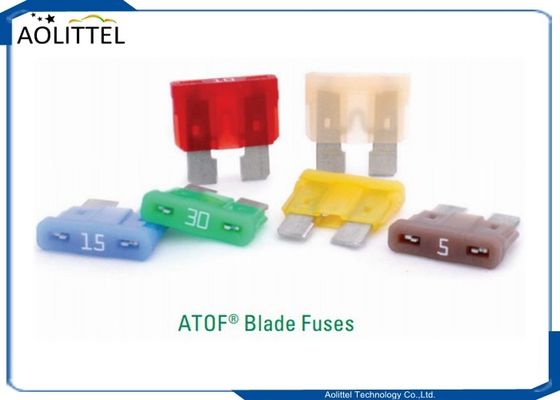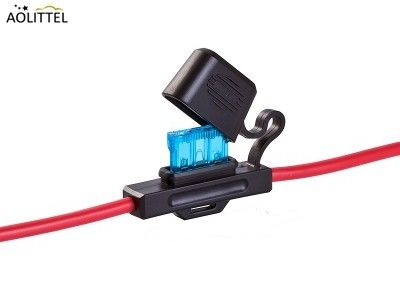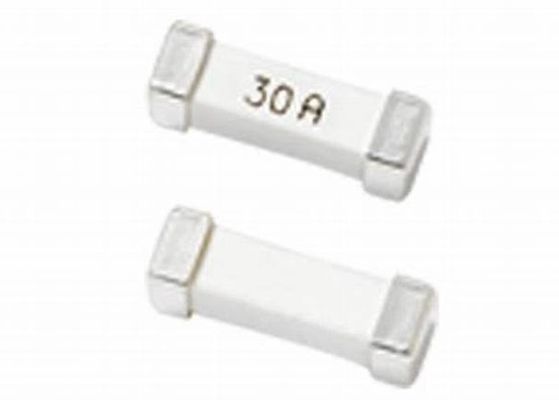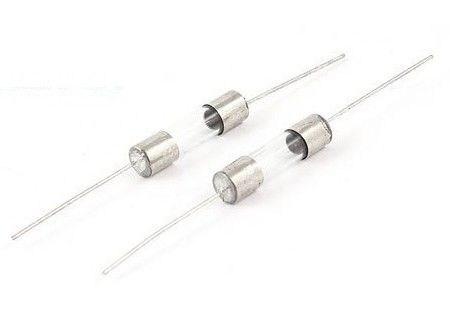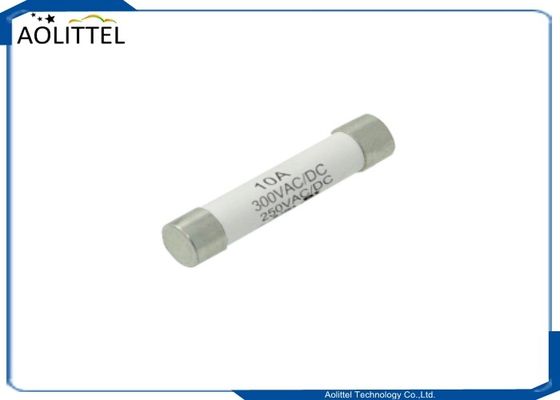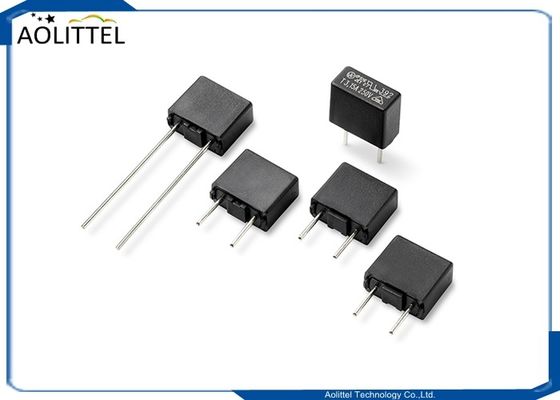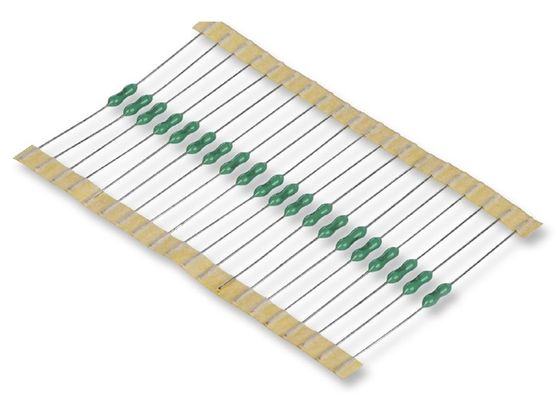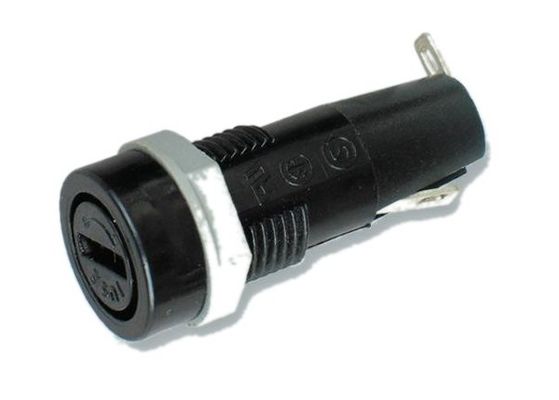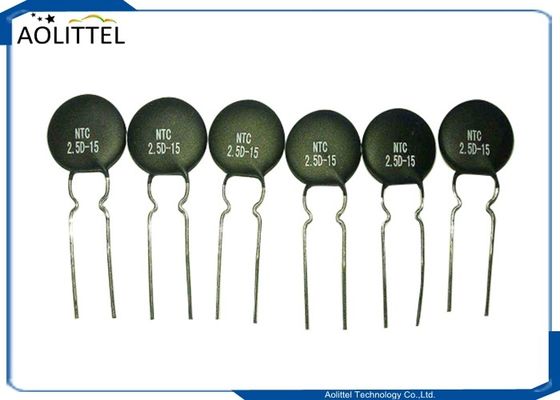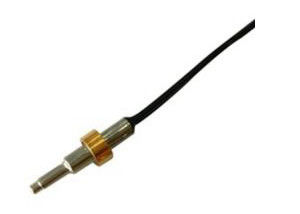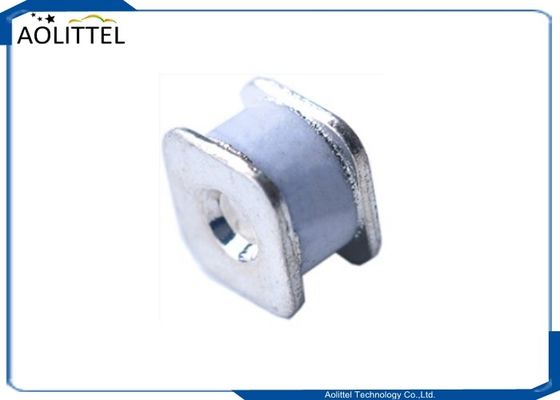Fuse Blocks, Fuse Holders and Fuse Accessories
Enable easy fuse installation and replacement with our comprehensive line of fuse blocks,fuse holders, and fuse accessories for automotive, electronic, and industrial applications.
The first step is to answer the following questions:
- Will the fuse need to accessible for replacement?
- How often will the fuse need to be replaced?
- Should the end customer of the appliance have access to change the fuse?
- Should the fuse only be accessible from outside the appliance?
- How much is available to spend on safety and reliability?
5.1.2. Requirements and characteristics
The most important standards for fuse-holders, which specify requirements, characteristics and testing methods are:
- IEC-publication 257 (1968) and Amendment no. 2 to this publication dated January 1989.
- UL-standard no. 512.
Both standards show considerable differences. In the case of fuse links, compliance with the UL-standard does not usually mean that the fuse-holder under consideration meets IEC-requirements and vice versa. In the following, some of the most important differences between the two standards will be indicated.
From an application point of view, a fuse-holder is characterized by the features discussed in the previous section by its rated values for voltage, current, and accepted power. Considerable differences exist between the IEC and the UL standards regarding the rated current of a fuse-holder. According to IEC 257, the rated current is determined by the rated accepted power of a fuse-holder. The rated accepted power is, according to IEC 257, "A stated value of power dissipation (of a fuse link) which a fuse-base or fuse-holder can accept under prescribed conditions of use and behavior." Rated values of accepted power are 1.6 W, 2.5 W or 4 W. For example, it means that at a power dissipation of 4 W (by a fuse link placed in the fuseholder) temperatures of the fuse-holder should not exceed certain limit values as specified in the standard. This rated accepted power determines the rated current. Basically, this means that the rated current is not a fixed value. As an example, let us assume that the rated accepted power of a fuse-holder is 2.5 W.
Quick-acting fuse links specified in IEC 127 part 2, standard sheet II, have power dissipations which do not exceed 2.5 W (see table 4.3). For these fuse types the fuse-holder under consideration is able to accept all fuse ratings up till 6.3 A of this type of fuse links. High breaking capacity fuses specified in IEC 127, part 2 standard sheet I, however, show power dissipations up to 4 W at highest ratings (see table 4.3). Fuse links of this type with rated currents of max. 1 A show a maximum power dissipation of 2.5 W or less. This means that only fuses of this type with a rated current of 1 A maximum can be used in combination with the fuse-holder under consideration.
UL measures the temperature rise of a fuse-holder using a solid copper dummy fuse. In this case the fuse resistance is negligible. Most heat comes from the contact resistance of the clips; the current is turned up till a certain temperature rise occurs, and this current value is considered to be the rated current of the fuse-holder. However, we have no heat generated from the fuse and the copper dummy fuse acts as a heatsink, extracting heat from the clip area much better than a fuse would do.
It might well be that in this way a current rating of 20 A is defined, whereas following IEC-requirements the rated accepted power is 2.5 W. This means that for certain types of fuse links the current rating is limited to 1 A.
Roughly speaking, a UL rated fuse-holder should be run at no more than 30% of its rating in a real life application. In the case of panel-mounted fuse-holders it may be safer to derate even further due to their enclosed nature and the tendency to use push-on connectors which also have a contributory contact resistance. A fuse link in a panel-mounted fuse-holder should be downrated by 5 or 10%, due to the poorer heat transfer properties in this arrangement.
The voltage rating of a fuse-holder is governed by a number of design aspects like the distance between terminals, creepage distances and minimum clearance distances. Further aspects of insulation coordination as specified in IEC 664/664A have an influence on the voltage rating. In general a fuse-holder will perform satisfactory at any voltage equal to or lower than the rated voltage. As a remark the existing standard IEC 257 will be replaced by a fully revised standard, viz IEC 127, part 6.
Rerating (Derating) a Fuseholder
For 25°C ambient temperatures, it is recommended that fuseholders be operated at no more than 60% of the nominal current rating established using the controlled test conditions specified by Underwriters Laboratories. The primary objective of these UL test conditions is to specify common test standards necessary for the continued control of manufactured items intended for protection against fire, etc. A copper dummy fuse is inserted in the fuseholder by Underwriters Laboratories, and then the current is increased until a certain temperature rise occurs. The majority of the heat is produced by the contact resistance of the fuseholder clips. This value of current is considered to be the rated current of the fuseholder, expressed as 100% of rating.
Some of the more common, everyday applications may differ from these UL test conditions as follows: fully enclosed fuseholders, high contact resistance,air movement, transient spikes, and changes in connecting cable size (diameter and length). Even small variations from the controlled test conditions can greatly affect the ratings of the fuseholder. For this reason, it is recommended that fuseholders be derated by 40% (operated at no more than 60% of the nominal current rating established using the Underwriter Laboratories test conditions, as previously stated).

 Your message must be between 20-3,000 characters!
Your message must be between 20-3,000 characters! Please check your E-mail!
Please check your E-mail!  Your message must be between 20-3,000 characters!
Your message must be between 20-3,000 characters! Please check your E-mail!
Please check your E-mail! 
